(VHQN) - Woodblocks and royal documents of the Nguyen Dynasty related to the Quang Nam region have not been collected much, but through them they have partly reflected the important role of the commercial port of Hoi An, Quang Nam region in the capital as well as the history of opening up the territory, developing the economy, culture, politics... of the feudal dynasties of Vietnam.

Woodblocks
Regarding the woodblocks related to the ancient land of Hoi An, Quang Nam, we must mention the general history books of the Nguyen Dynasty such as the book "Royal Annals of Vietnam". In this book, the name of the land of Quang Nam is engraved by King Le Thanh Tong establishing Quang Nam province in the year of Tan Mao (1471).
The King gave the land of Champa to Quang Nam Thua Tuyen, the prefecture was Quang Nam. The woodblock of the book “Dai Nam Nhat Thong Chi” (volume 5) recorded in detail the geographical location of Quang Nam province, including Yen Son to the East; Phu Loc district, Thua Thien prefecture to the West; Binh Son district, Quang Ngai to the South and Hai Van pass to the North.
The book also records the topography of Quang Nam province, including the East surrounded by the sea, the West protected by mountains, the South adjacent to Quang Ngai province, the North facing the capital. High mountains include Tao mountain, An mountain, Chua mountain, Ngu Hanh mountain. Big rivers include Cho Cui river (Sai Thi), Cam Le river and Ben Van river (Ban Tan). Wide, flat fields, dense population...
During the Trinh - Nguyen conflict, Quang Nam belonged to Dang Trong region under the rule of Lord Nguyen and Hoi An was chosen by Lord Nguyen as a place for trade with countries around the world .
The woodblock of the book “Dai Nam Thuc Luc Tien Bien” also recorded that Lord Nguyen Hoang changed Dien Ban district to Dien Ban prefecture in 1604; Lord Nguyen Phuc Chu and monk Thich Dai San (Chinese) visited Quang Nam palace, came to Hoi An town, noticed that there was a bridge to the west of the town, where merchant ships gathered, so they named the bridge Lai Vien bridge in 1719.
The woodblock "Dai Nam Thuc Luc Chinh Bien De Nhat Ky" engraved that after Nguyen Phuc Anh ascended the throne and established the Nguyen Dynasty, King Gia Long moved the provincial capital of Quang Nam from Hoi An to Thanh Chiem commune, Dien Phuoc district in 1806. The book "Dai Nam Thuc Luc Chinh Bien De Nhi Ky" engraved that King Minh Mang changed Dien Khanh district to Dien Phuoc district.
In 1824, King Minh Mang ordered the digging of a river in Quang Nam. It took more than two months to complete and named it Vinh Dien River. The bridge across the river was also called Vinh Dien Bridge. This woodblock also recorded that King Minh Mang added Que Son district to Quang Nam in 1827. In the same year, King Minh Mang changed Quang Nam palace to Quang Nam town.
In addition, woodblocks of books engraved about three scholars Huynh Thuc Khang, Phan Chau Trinh, Nguyen Dinh Hien...

Minutes
The documents related to Quang Nam under the Gia Long period were mainly from the communal mandarins who ordered the captains to go to Quang Nam to buy materials such as paving stones, wood, etc. and local products such as silk, cinnamon, fresh areca nuts, etc. to transport to the capital to pay tribute or to distribute food to Qing merchant ships that were washed ashore at Dai Chiem estuary.
In particular, the copies of the communal mandarin's decrees allowed captain Tran Van Huyen to establish Thanh Chau Yen Doi. This is a very special profession of Quang region, a nutritious natural resource that was paid tribute to the capital for the royal family and mandarins in the court to nourish. It is a profession closely associated with the history of Thanh Chau bird's nest profession of Hoi An - Quang Nam and the three provinces of bird's nest protection later (Quang Nam, Binh Dinh, Khanh Hoa).
The Minh Mang Dynasty's royal records recorded quite thoroughly the digging of the Vinh Dien River in Quang Nam in 1824. Also during his tour to Quang Nam, King Minh Mang issued an edict to the localities that the purpose of the royal tour was to visit the locality to examine the mandarins and bestow favors on the people.
The soldiers were in attendance, and wherever they passed, they were not allowed to trample on rice fields or cause disturbances. Although Hoi An in Quang Nam was not as rich as before, it was still a densely populated place with a concentration of goods. If there were anyone who cheated, demanded to buy cheaply, and caused fear in the market, the court officials were to immediately investigate and punish the crime...
The townhouses and village markets should continue to operate as usual, without any display. The Ministry of Finance was also ordered to pay a high price for all supplies such as hired porters, boat hire, straw and grass for elephants and horses, whenever the royal procession passed through. The people should not be forced to pay any tribute.
In particular, when the royal procession arrived in Hoi An, the king also granted the people of Minh Huong commune a 5-part tax reduction, and rewarded the Quan De temple with 300 taels of silver and the Thien Hau temple with 100 taels of silver to cover the cost of incense and lamps. Currently, at the Quan Cong temple (Ong pagoda) in Hoi An, there is still a stele recording this important event.
The reports from the reign of King Minh Mang to King Khai Dinh also show that many ships from countries such as China, France, etc. continued to come to Hoi An to trade.
Among them were the Qing people coming to ask to sell guns and ammunition. In addition, many minutes related to tax determination, tax collection, tax reduction, and tax exemption in Hoi An town and ports in the region.
Through the system of memorials from the Gia Long period to the Duy Tan period, it can be seen that the Nguyen Dynasty had many policies to encourage Chinese merchants to enter Quang region and Hoi An port to trade more and more, even allowing them to reclaim wasteland and explore and exploit minerals.
In 1898, King Thanh Thai issued a decree to establish a series of towns in the Central region, including Faifo town (Hoi An). As well as the woodblocks, the documents collected by the Nguyen Dynasty also provide information about many famous people of Quang Nam throughout the history of the nation.
Source


![[Infographic] Notable numbers after 3 months of "reorganizing the country"](https://vphoto.vietnam.vn/thumb/1200x675/vietnam/resource/IMAGE/2025/10/4/ce8bb72c722348e09e942d04f0dd9729)

![[Photo] General Secretary To Lam attends the 8th Congress of the Central Public Security Party Committee](https://vphoto.vietnam.vn/thumb/1200x675/vietnam/resource/IMAGE/2025/10/4/79fadf490f674dc483794f2d955f6045)





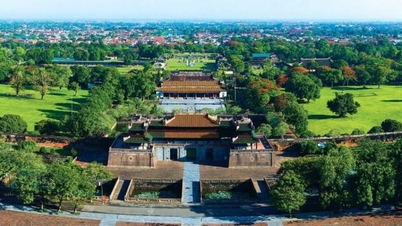

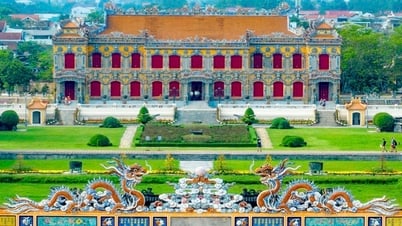






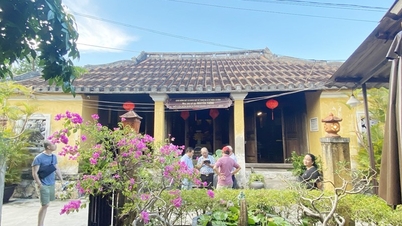
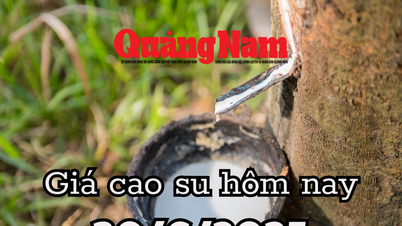
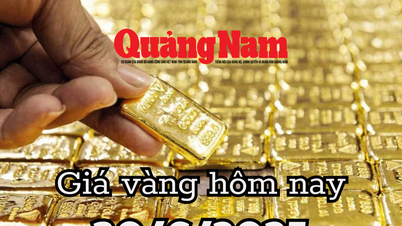







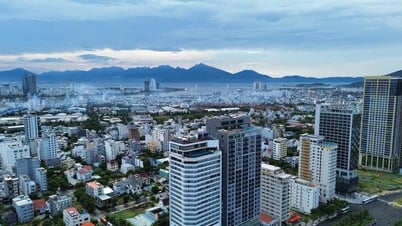
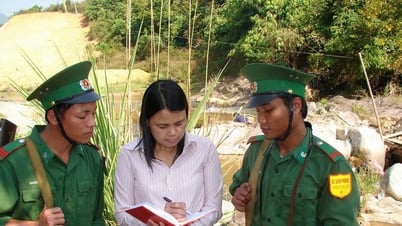
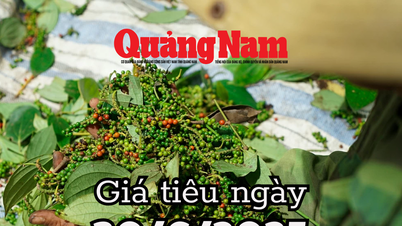

![[Photo] Prime Minister Pham Minh Chinh chairs meeting to deploy overcoming consequences of storm No. 10](https://vphoto.vietnam.vn/thumb/1200x675/vietnam/resource/IMAGE/2025/10/3/544f420dcc844463898fcbef46247d16)
![[Photo] Students of Binh Minh Primary School enjoy the full moon festival, receiving the joys of childhood](https://vphoto.vietnam.vn/thumb/1200x675/vietnam/resource/IMAGE/2025/10/3/8cf8abef22fe4471be400a818912cb85)













































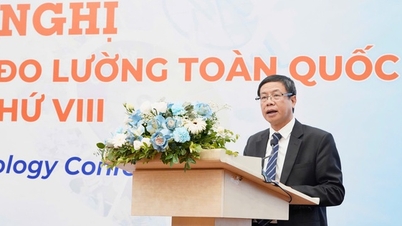
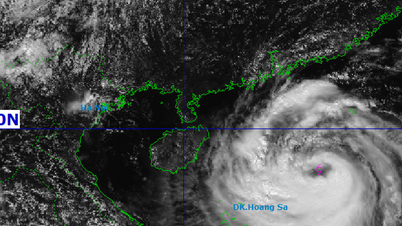





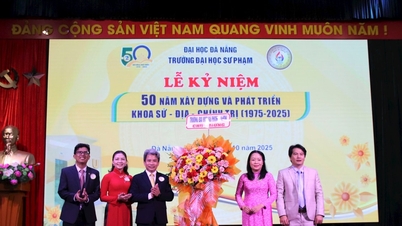
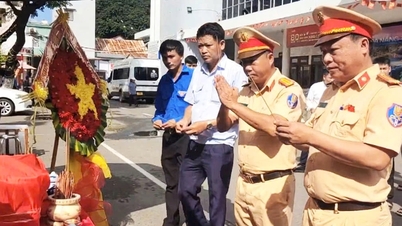
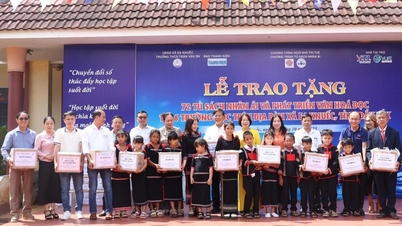







Comment (0)